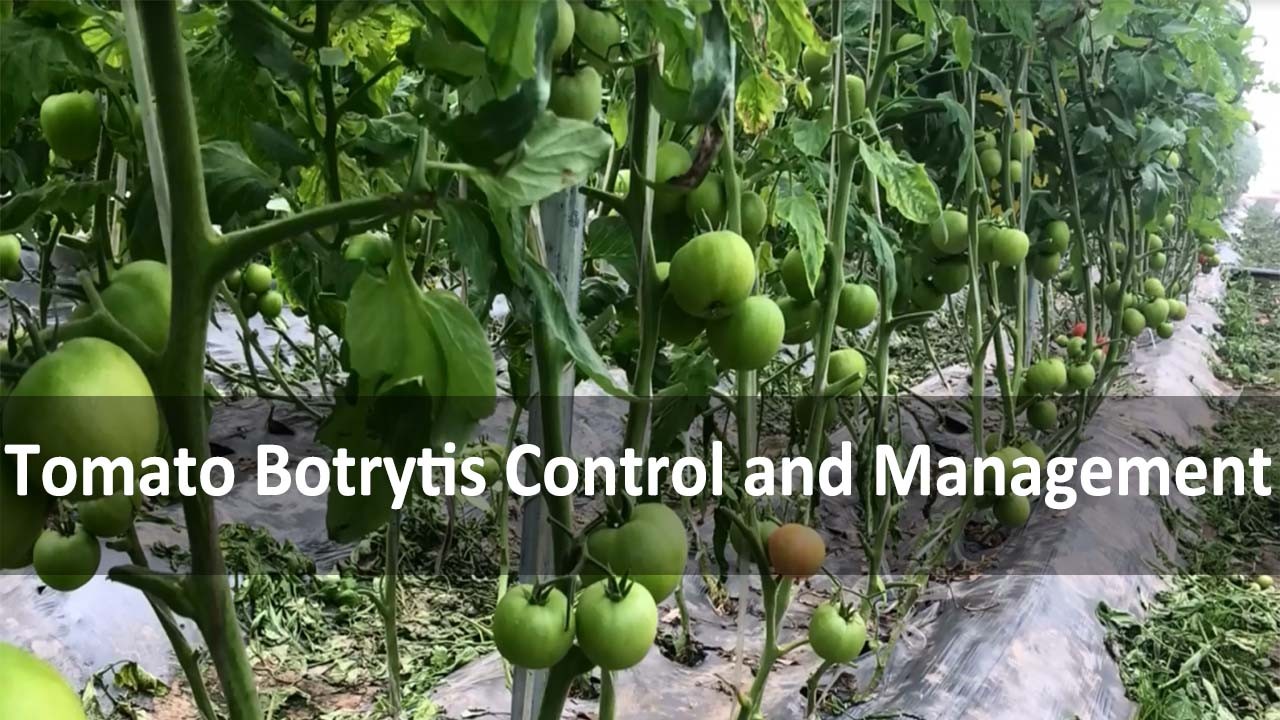
Tomato Botrytis Control and Management
Botrytis cinerea of tomato is a disease with a very high frequency in winter greenhouses. In winter, the temperature in the greenhouse is low and the humidity is high, which has certain conditions for the spread of the disease. It is also difficult for some inexperienced growers to control it, not knowing which method should be used most effectively.
After tomatoes are infected with gray mold, a gray layer of mold can be seen on the leaves. The main reason is that there are many cloudy and rainy weather in winter, and the temperature at night drops to about zero, and farmers do not ventilate in time, resulting in high humidity in the shed, and diseases are easy to grow in a low temperature and high humidity environment.
Botrytis is infected from the flowers, including the stems and leaves will be affected. After seeing the mold layer, many farmers choose to use drugs to prevent and control it. In fact, this is wrong. Plants that have been infected with gray mold should be removed in time to prevent infection of other growing plants. Then control the occurrence of the disease from two aspects.

1. Control the temperature and humidity
There are also many methods and equipment for increasing the temperature of the greenhouse. In addition to quilts, there are also heating blocks, heating machines, electric boilers, etc., which can be selected according to the conditions of the greenhouse. If the planting area is relatively small, two 2-3 heating blocks can be installed per mu of land. If the area is relatively large, using heating blocks will increase the cost and the effect is not good. Electric heating can be used.
Botrytis cinerea is a low-temperature disease. The temperature and humidity should be controlled reasonably, and the temperature should be kept above 25°C during the day. When the temperature is high, it should be ventilated in time. Tomatoes need to grow under the right temperature and humidity.
2. Chemical control
After the appropriate temperature and humidity are used to control the disease, there are two main methods to prevent and control the disease in time, one is foliar spraying and the other is fumigation. The two methods should be combined.
In continuous cloudy and rainy days, use procymidone, chlorothalonil, etc. to smoke the shed at night. Wait until the weather is fine, and then use pyrimethanil, iprodione, boscalid, or some compounded agents for prevention and control.
